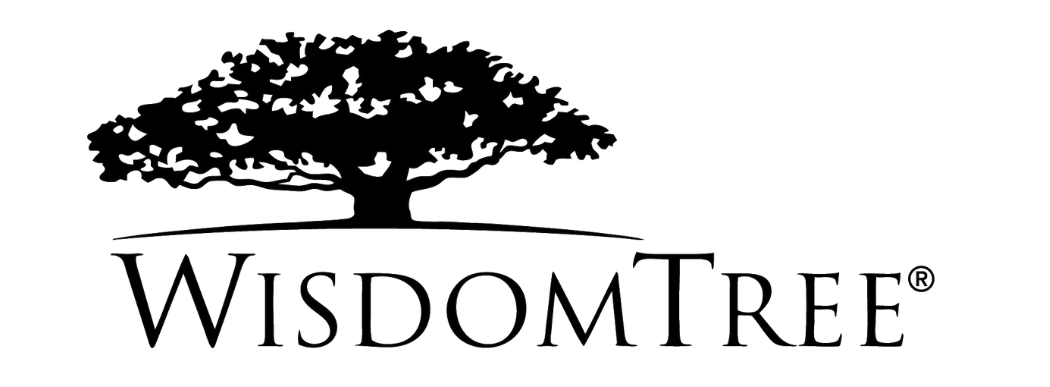Gold exchange-traded commodities (ETCs) boomed in 2020 thanks to macro-economic uncertainty and reduced opportunity costs, however, future success will be influenced by how closely European gold ETCs continue adopting the characteristics of their US counterparts, according to a report by Cerulli Associates.
When gold ETCs were introduced 18 years ago, North American products dominated the market. In contrast, the past two years have seen European gold ETCs claim the spotlight with the continent’s gold funds claiming 43% of global market share by the end of February 2021.
As investors searched for hedges and safe havens during the height of COVID-19 volatility, the gold spot price hit fresh all-time highs. Even following outflows amid risk-on sentiment at the end of 2020, physically-backed gold ETCs collected $47.9bn new assets during the full year, with European holdings shooting up 20.6%.
Now, with economic recoveries furnished by vaccine rollouts and generous stimulus from western governments, many investors entering hedge positions in 2020 have been looking for exits from gold strategies.
A prime example of this has been Europe’s largest gold ETC, the iShares Physical Gold ETC (SGLN), which has seen its assets under management (AUM) drop to $13.5bn, an $800m drop since the start of the year.
Other than hoping investors will shift back to gold as an inflation hedge during the economic bounceback, Fabrizio Zumbo, associate director, European asset and wealth management research at Cerulli Associates, said European gold strategies would do well to continue emulating their US equivalents.
While gold ETCs were slower in reducing costs than other ETP classes, Zumbo noted gold strategies across the world have started offering lower-fee options, primarily led by North American gold strategies.
“Existing funds in Europe have started to cut charges and new funds have been launched with lower fees,” Zumbo said. “However, costs depend on the region.”
Alongside the Ridgex GPF Physical Gold ETC (TAUS), SGLN and the Invesco Physical Gold ETC (SGLP), the WisdomTree Core Physical Gold ETP (WGLD) launched last December, becoming the fourth European gold product with a total expense ratio (TER) of 0.15%.
However, Zumbo said there is still room for improvement in European gold products and the underlying ecosystem used to trade them.
“In Europe, there is still room for product innovation,” Zumbo continued. “US strategies tend to have a more developed liquidity infrastructure, for example, with strong authorised participants that can provide the liquidity for investors to move in and out.”
Between further cost reductions in future, a more robust liquidity structure and scope for inflation plays down the line, Zumbo concluded the end of pandemic volatility does not mean an end to the appeal of gold ETCs in Europe.
Further reading






